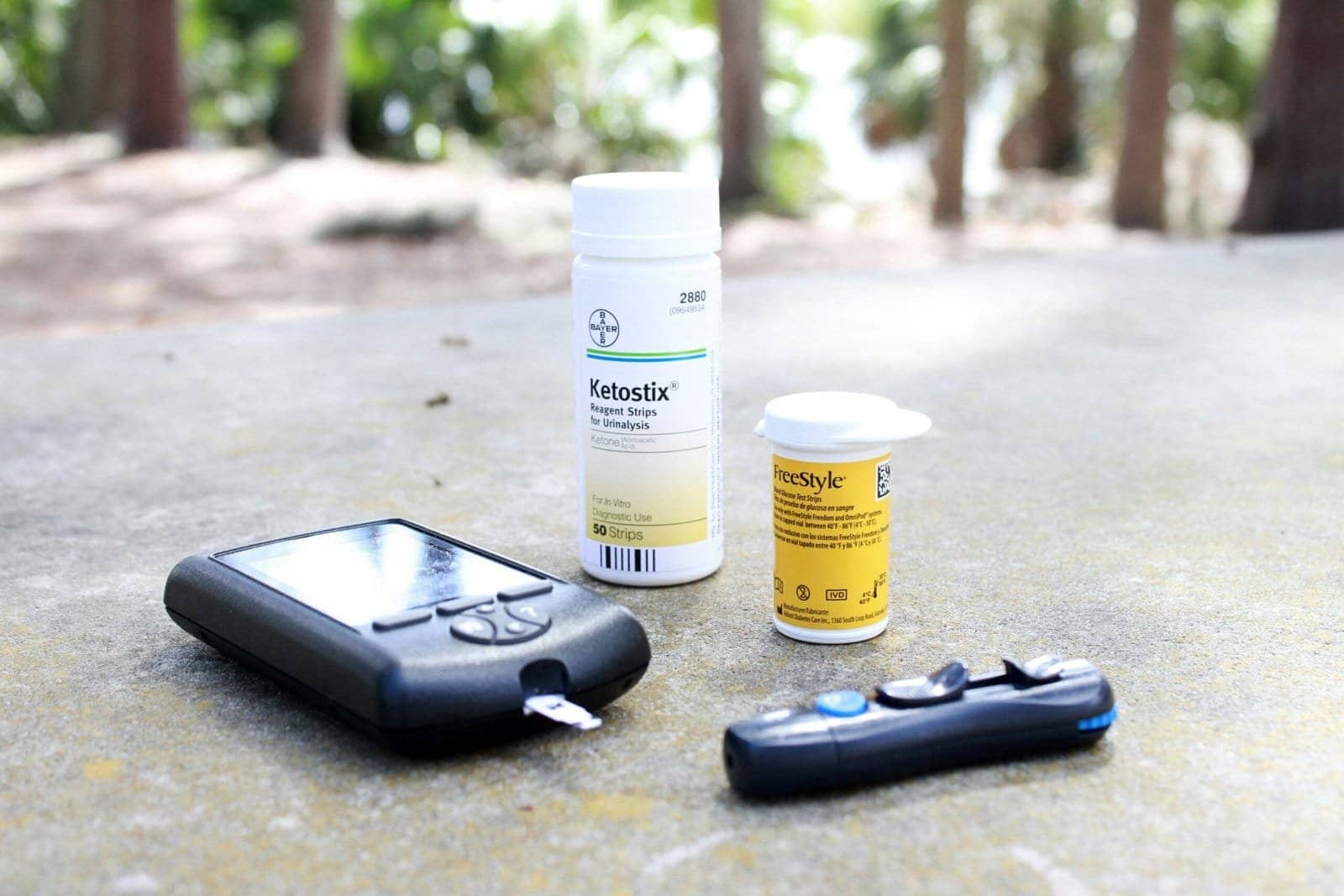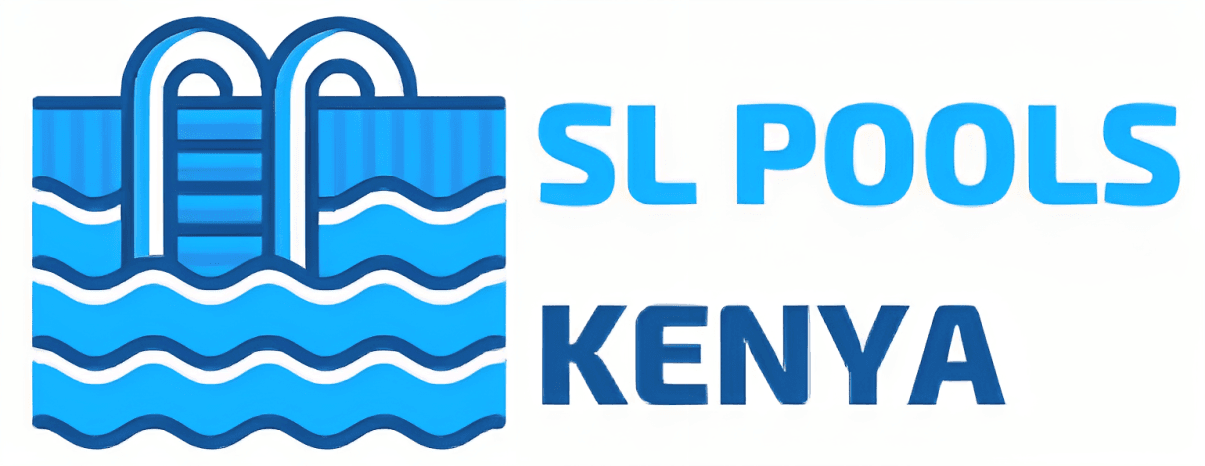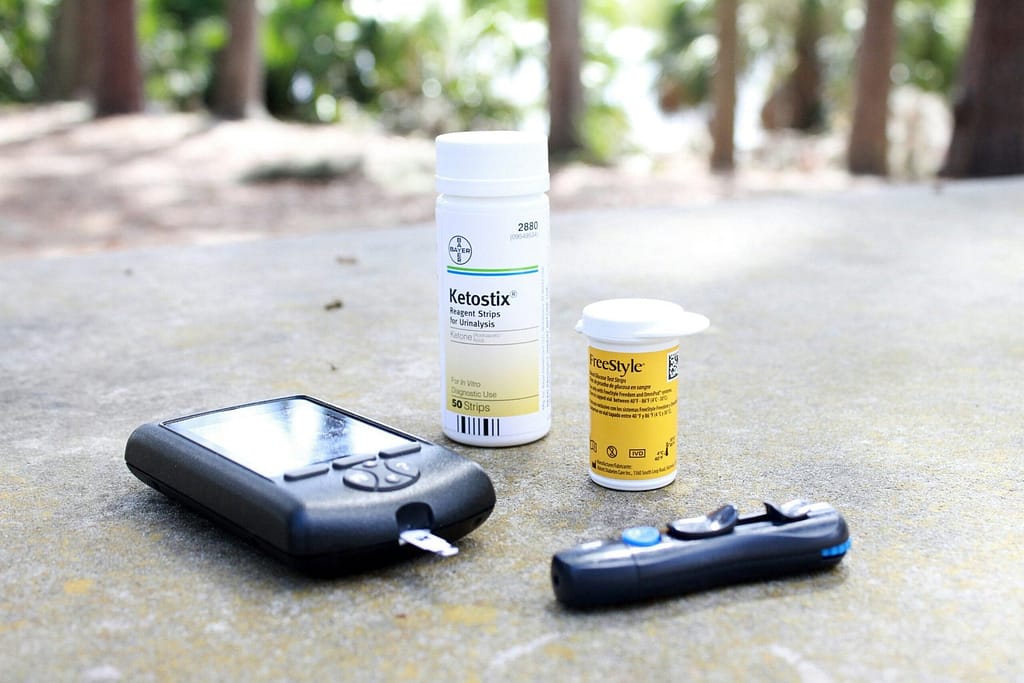
Introduction to Swimming Pump Rooms
Swimming pump rooms are integral to the overall operation and maintenance of swimming pools, serving as the control center for water circulation and quality management. These specialized areas house essential equipment that facilitates the filtering, heating, and chemical treatment of pool water. Their primary objective is to ensure that the water remains clean, clear, and safe for swimmers, while adhering to health and safety regulations.
The significance of swimming pump rooms cannot be overstated, as they contribute to the overall hygiene of the pool environment. Effective water circulation promotes even distribution of chemicals, which in turn helps to eliminate harmful microorganisms and maintain the desired pH levels. A well-maintained pump room is critical in preventing water stagnation, which can lead to various water quality issues, such as algae growth and bacterial contamination.
Within a swimming pump room, several key components work cohesively to ensure optimal functioning. Primary among these are the pumps themselves, which facilitate the movement of water through the filtration system. The filtration units are responsible for trapping debris and impurities, while heaters maintain the water temperature at comfortable levels for swimmers. Additionally, chemical dosing systems automatically monitor and add necessary sanitizers, contributing further to water safety.
This section serves as a foundational overview, preparing us for a more in-depth exploration of these components and their specific functions. Each element of a swimming pump room plays a vital role in creating a safe swimming atmosphere and sustaining the overall health of the pool system. Understanding the importance of these systems will help pool operators and owners appreciate the complexities involved in maintaining a pristine swimming environment.
Key Components of Swimming Pump Rooms
Swimming pump rooms are essential facilities for maintaining the quality and safety of pool water in both residential and commercial settings. These rooms typically contain several key components that work synergistically to ensure the effective circulation, filtering, heating, and treatment of pool water. Understanding these components is vital for pool operators and owners alike.
The foremost component is the swimming pool pump, which plays a critical role in circulating water throughout the pool system. The pump draws water from the pool and pushes it through the filtration system, ensuring that contaminants are removed effectively. This continual circulation is essential for maintaining clean water, as it prevents stagnation and promotes the even distribution of chemicals.
Closely linked to the pump is the filtration system, which includes filters such as sand, cartridge, or diatomaceous earth (D.E.) filters. These filters capture debris and impurities, contributing to a clear and hygienic swimming environment. Regular maintenance and backwashing of the filters are necessary to optimize their performance and extend their lifespan.
Heaters are another important element, particularly for outdoor pools that experience seasonal temperature changes. Pool heaters, whether gas, electric, or heat pumps, elevate and maintain the water temperature, providing swimmers with a comfortable experience regardless of external weather conditions.
Chemical feeders are utilized to automate the addition of sanitizers and other treatments to the pool water. This component ensures that chemical levels remain balanced, thus safeguarding the health of swimmers and preventing issues such as algae growth. Advanced systems may even include automated chemical monitoring solutions to enhance accuracy.
Lastly, the plumbing network is crucial for connecting all these components, allowing for efficient water flow throughout the system. Variations in design may occur depending on the type of pool; for instance, commercial pools often require more robust systems to handle larger water volumes compared to residential pools.
Maintenance Best Practices for Pump Room Components
Maintaining the components of a swimming pump room is crucial to ensuring optimal performance and longevity. Regular inspections serve as the foundation of an effective maintenance strategy. It is recommended to conduct routine checks at least monthly, focusing on key components such as pumps, filters, and valves. Look for signs of wear and tear, such as leaks, unusual sounds, or reduced flow rates. Addressing these issues promptly can prevent more severe problems that may result in costly repairs or extended pool downtime.
Cleaning procedures play a vital role in maintaining system efficiency. It’s essential to clean filter media regularly, typically every month, and replace it according to the manufacturer’s recommendations. Clogged filters can lead to increased energy consumption, reducing the overall efficiency of the pump room. Additionally, examine pump impellers for debris build-up and clear any obstructions that may impair flow and pressure. Regularly check and clean sump areas to prevent sediment accumulation that may affect pump operation.
Troubleshooting common issues is an important aspect of maintenance. If any anomalies are detected, such as unusual vibrations or inconsistent water flow, it is advisable to refer to the pump’s operating manual for guidance on problem diagnosis. While some issues may be resolved with simple fixes, others may require professional attention. Seasonal maintenance checks should also be conducted before high-use periods, ensuring that all components are in optimal working condition for peak performance.
Lastly, professional servicing should not be overlooked. Hiring a qualified technician at least once a year can provide insights into potential improvements and ensure that all components are functioning efficiently. Regular maintenance not only enhances the longevity of pump room components but also safeguards the overall performance of the swimming pool system.
Conclusion: The Vital Role of Pump Rooms in Pool Management
The management of swimming pools involves a variety of components, among which pump rooms play an essential role. These facilities are integral to the overall operation of pool systems, ensuring that water remains clean, safe, and well-circulated for users. Throughout our discussion, we have highlighted the key components typically found in swimming pump rooms, including filtration systems, pump mechanisms, and chemical dosing apparatus. Each of these systems contributes significantly to maintaining the quality of the pool environment.
Pump rooms facilitate the continuous circulation of water, which is critical not only for sanitation but also for swimmer comfort. Effective water circulation helps to distribute chemicals evenly, thus providing a balanced environment that minimizes the risk of skin irritation and other waterborne issues. Furthermore, by ensuring proper filtration, pump rooms assist in the removal of debris and contaminants, thereby safeguarding the health of all pool users.
Moreover, regular maintenance of these vital systems cannot be overstated. Implementing a robust maintenance plan for pump rooms ensures that all components operate efficiently, reducing the likelihood of unexpected breakdowns and enhancing the longevity of equipment. Such proactive management also aids in recognizing potential issues early, thereby preventing costly repairs and downtime.
In conclusion, the functionality of swimming pump rooms is paramount for effective pool management. They are not merely auxiliary features; rather, they form the backbone of a safe and pleasant swimming experience. Readers are encouraged to prioritize the regular inspection and maintenance of their pump room systems. By doing so, they will not only ensure safety and comfort for swimmers but also extend the operational lifespan of their pools, contributing to a more enjoyable and sustainable water recreational environment.

